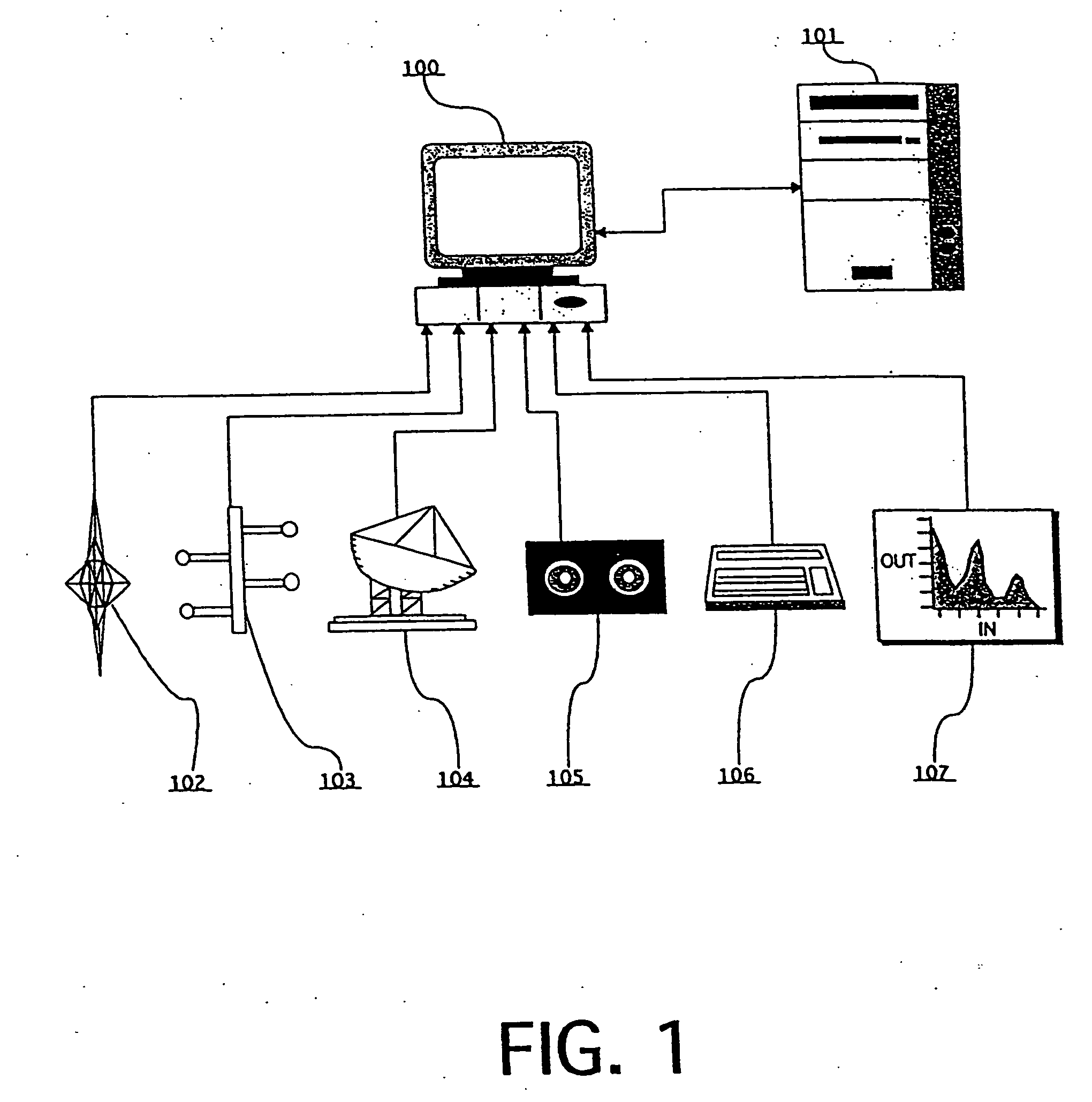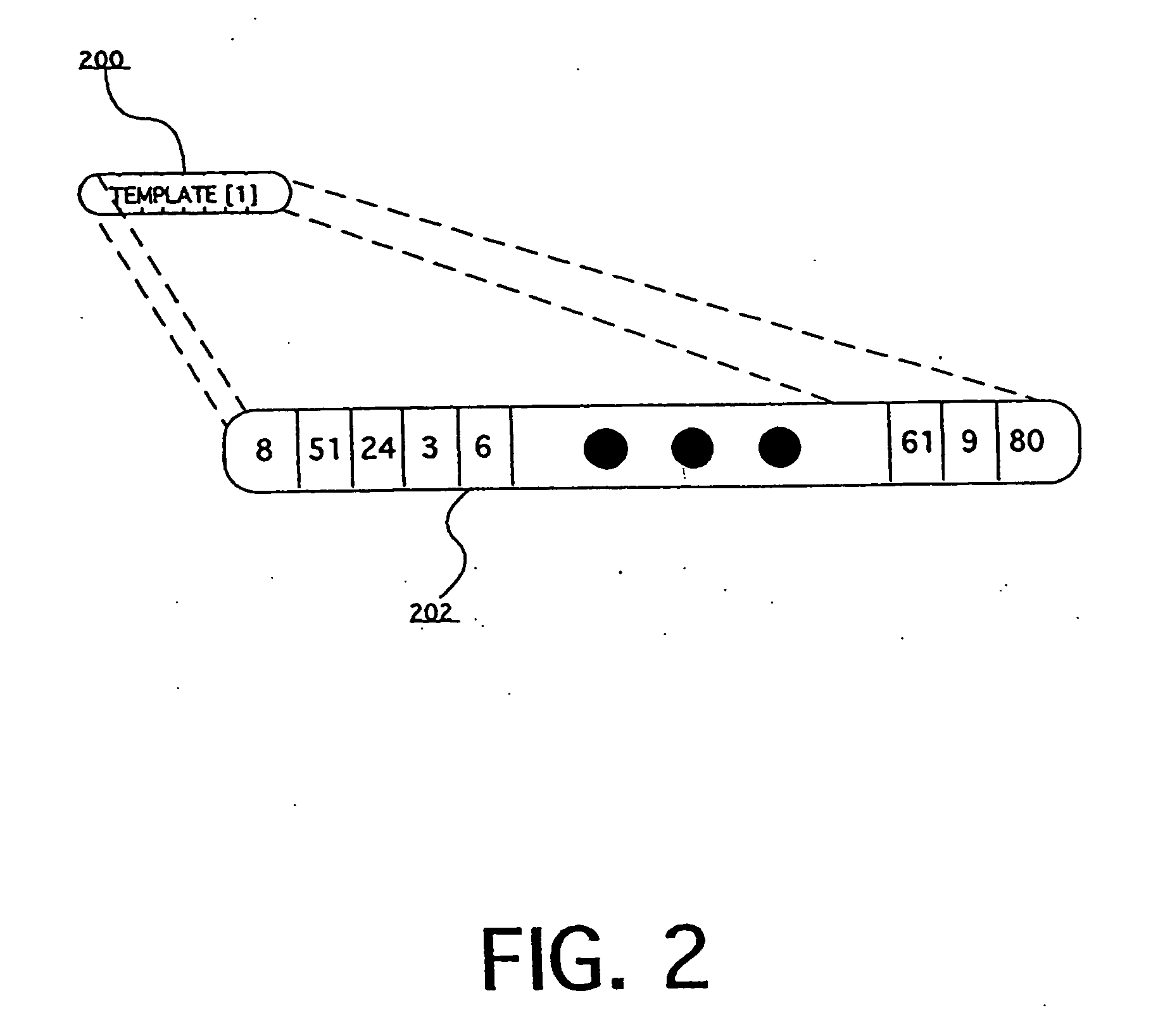When solar flares, disappearing filaments, and other solar events occur on the sun they create great turbulences and disturbances in the region of space close to the sun.
These disturbances are often so extreme that they create shock
waves which travel through space and, ultimately, arrive at the earth or at other locations of interest (e.g. a
spacecraft position, a
comet, or a
planet), where they can cause serious problems such as loss of
spacecraft,
spacecraft anomalies (such as bit flips in electronic components), surface charging problems, disruption of on-board computer memories, and even damage to the structure of semi-conductor
microelectronics and solar cells.
The charged particles, including energetic electrons and protons, associated with these disturbances can do as much damage to solar cells and other hardware in one disturbance as several years'
exposure to the undisturbed environment.
For example, energetic electrons can cause large
static charges, some measuring as high as 19,000 volts, to build up in insulators deep in spacecraft, which may cause arcing that damage sensitive electronic components.
In addition, astronauts both inside and outside a spacecraft, space
station or shuttle can be subjected to dangerous doses of protons and other types of
radiation during these disturbances.
These disturbances can also cause communications blackouts at all frequencies, not only with spacecraft, but with high-flying aircraft and with ground-based objects.
Ionospheric irregularities caused by solar disturbances give rise to
signal dispersion,
fading, and even complete
signal loss during very disturbed conditions.
The ionospheric irregularities can even prohibit critical communications such as
search and rescue efforts and military operations.
One example of a serious space weather related communications failure took place in the early 1980s when President Reagan was on Air Force One on his way to China—all communications were lost with the plane for more than two hours. Mr. Reagan and his advisors were upset and concerned; they were subsequently informed that the failure was due to disturbances that originated on the sun and eventually propagated to the near earth environment.
During environmental disturbances, rapid vertical changes occur in the location of this boundary, introducing significant errors of up to several kilometers in determinations of location.
However, because they operate by transmitting radio
waves from satellites to receivers on the ground, in aircraft, or in other satellites, they are very sensitive to ionospheric disturbances.
Significant errors can result when signals are reflected, refracted and slowed by disturbed ionospheric conditions.
Electric power companies are also affected by space weather disturbances because their long power lines are susceptible to electric currents induced by the dramatic changes in high-altitude ionospheric currents occurring during geomagnetic storms.
Surges in power lines from ground induced currents (GICs) can cause massive network failures and permanent damage to expensive equipment.
It is estimated that the March 1989 Hydro-Quebec power black-out, which was caused by a space weather disturbance,
cut electric power to several million people.
Such remedial actions are currently impractical due to the generally short
lead time (approximately one hour) and overwhelming inaccuracy (over 80 percent false alarms) of space weather disturbance predictions.
There are also many false negatives (i.e., times when they do not forecast storms that do occur) and the generally brief forecast
horizon often does not provide
sufficient time for effective
remedial action.
Both these spacecraft are very close to the Earth (compared to the distance between the Earth and the sun) and therefore forecasts based on their measurements of
solar wind and IMF have a very short
lead time.
These approaches have met with limited success due in part to the difficulty of accurately modeling the propagation of solar events through space and often in part to the lack of
complete data on the solar events themselves.
This simple
single point comparison is too simplistic for useful prediction.
Although Fan and Tian thus begin to recognize the
value of time variations in SEP data, they, and Joselyn, failed to capture the potential of solar energetic particles as a space
weather prediction tool.
Previous attempts at using SEPs in space
weather forecasting have met with only limited success for many reasons.
They therefore are not capable of identifying complex patterns in SEP data, associated with space weather events, that require consideration of three or more data points.
Second, the prior work was based on analysis of only SEP data preceding space weather events, but not of SEP data preceding non-events; any system that does not take into account non-events is susceptible to false alarms and is unable to give all clear signals.
Third, the prior work does not recognize the fundamental importance of recent and / or cyclical variations in SEP data (and solar, interplanetary and geophysical activity), such as variations that occur across different phases of the solar cycle.
Fourth, the prior work does not provide any indication of a confidence level, such as a numerical confidence index, in a forecast.
Fifth, the prior work was unable to provide a forecast while another event was in progress.
Sixth, the prior work was unable to meaningfully update forecasts as new data came in.
Because of the highly complex nature of space weather phenomena, such simple systems are incapable of accurately modeling many of the most important aspects of space weather.
Simple systems fail to take
advantage of this potentially useful inter-connectedness.
Because of these and other reasons, such systems have proven quite poor at generating space weather related forecasts.
The prior work has thus been unable to issue forecasts and / or initiate action sequences that were customized to meet the needs of end users.
 Login to View More
Login to View More  Login to View More
Login to View More 


